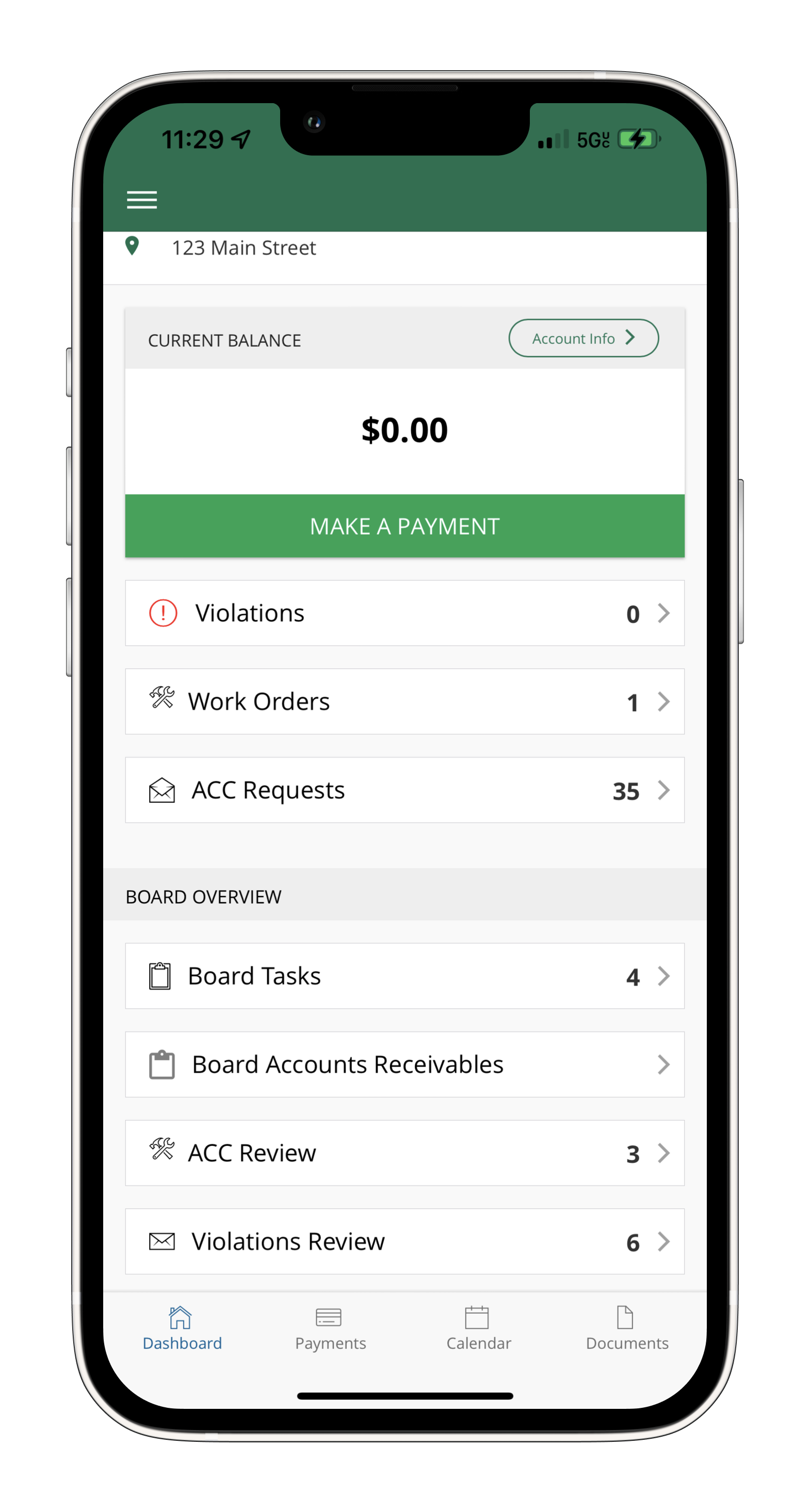
Architectural Guidelines Aren’t the Solution to These ACC Issues!
October 1, 2019
Avoid Some Common Pitfalls with Reserve Studies
November 4, 2019“Frequent and compelling communications help to enhance the perceived value of HOA membership and increase buy-in for the initiatives your board believes are in the best interests of homeowners.”
Given its importance as a regular communication feature, you want to sweat the little details so that over time, your board can maximize its email open rates. Here are some tips to help you achieve this objective:

- Know Your Audience: Homeowners do value your communications, but some associations send too many emails. Keep monthly communications within a range of 3-5 per month. Too little communications and your board won’t be able to generate much excitement, especially if you’re combining email with social media and/or online forums to drive owner participation and engagement. Too much and you risk saturating your audience, causing your owners to have trouble discerning important from less important messages.
- Supplement Critical Emails with SMS Text: Consider offing your owners an option to receive broadcast text messages. SMS text messages generate strong attention and a sense of immediacy. CMA offers associations the option to subscribe and let owners opt in to receive text messages. Text Messages are great for alerting owners to emergencies, “swimming pool closed today for repairs.” They are also great when there is a need for immediate action, such as “vote now” or “register to attend tonight’s meeting.” Just keep your SMS messages well under 160 characters.
- Have One Single and Clear Purpose: Email blasts should focus solely on one important message, beginning with the subject line and pre-header text, to the headline, subheads, bullet points, text, and visuals. Include a clear call to action, whether that is to click through to a landing page, to call a phone number, or to register for an event.
- Write Compelling Pre-headers and Subject Lines: Use your association name, a board member, or a committee member in the subject line. Make sure that respondents can easily determine at a glance whether the sender is the board, a specific board or committee member, or someone from the management company. You can get your main point across quickly in the pre-header copy. This is the line of text that readers see after the subject line in their inboxes and on their mobile devices.
- Keep Text to a Minimum, But Be Informational: Structure your message so that it is easy to scan by reading headlines and subheads. Respondents should be able to understand the information without having to read the body copy. If the details are important, then the headlines and subheads should be compelling enough to pull readers in. Keep in mind that what the reader can see without having to scroll is your most valuable real estate, so get to the point quickly. Use 2-3 bullets, when necessary, and keep them short and succinct.
- Review and Edit: Make sure each email and text SMS is edited to ensure that content is perfectly clear and won’t create misunderstandings, confusion, or unanswered questions. Correct typos and be sure that grammar and spelling are on point and represent the competence of your organization.
- Test Before Sending: As a final fail-safe, send a test message to several people in your organization and have it viewed on multiple devices and browsers. Do your final proofreading before sending!
- Hiring CMA as your management company is one great way to put qualified experts to work for you, including regular homeowner email communications. A strong management company will also ensure that your HOA keeps current with changing best practices and compliance codes in email communications.

Ray Caprio
CMA Information Systems Supervisor
If you found this article helpful, you may also find other topics relevant to your HOA on this blog / www.communitywellserved.com






